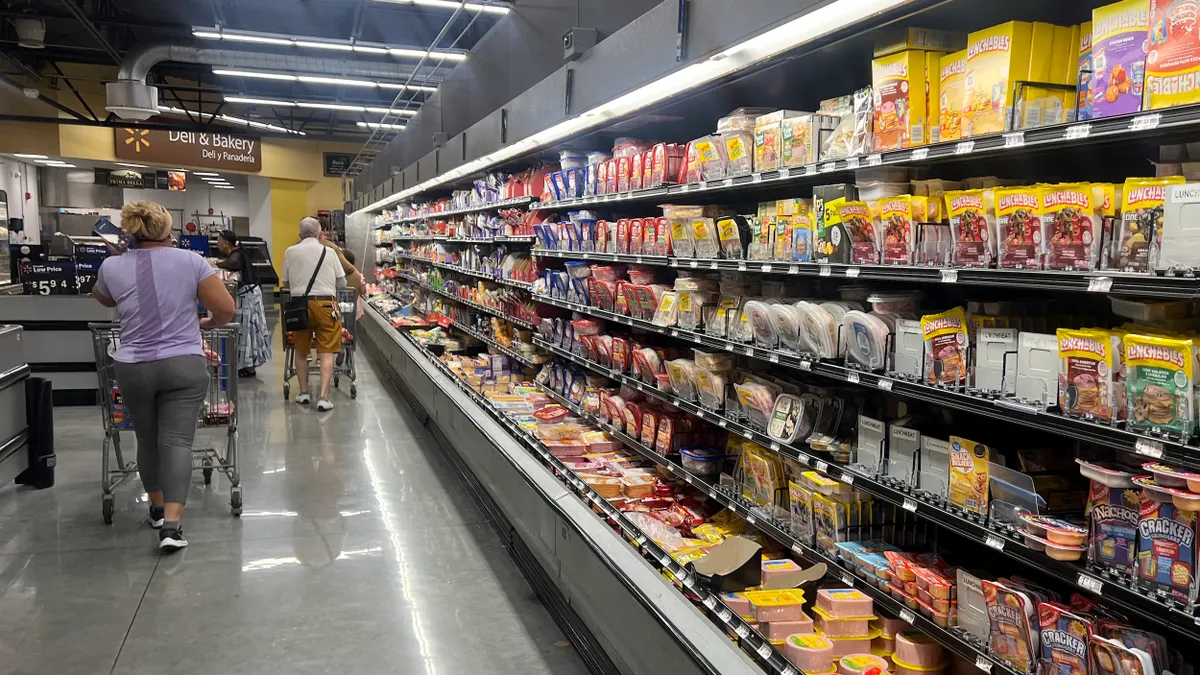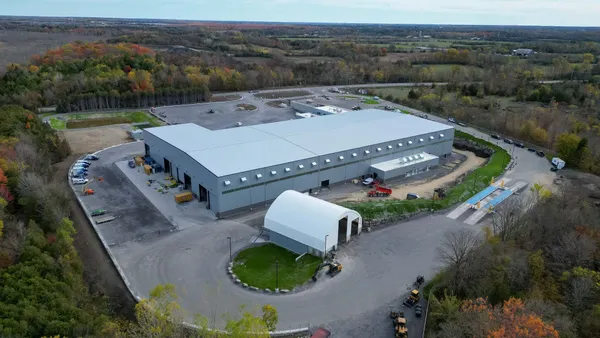Dive Brief:
- Refuse collection is listed as the fifth most fatal occupation in the US, however a recent OSHA report shows the solid waste industry does not rank even in the top 25 industries for severe injuries. OSHA received 55 severe injury reports related to trash collection in 2015, and 13 reports tied to incidents at landfills, including 13 amputations total. Just over 6% of those severe injuries were sustained by temporary workers, as reported in Recycling Today.
- Those numbers are likely underestimates; the Solid Waste Association of North America (SWANA) has pointed out that OSHA’s evaluation excludes injury reports from 26 states that have their own safety programs.
- At least 50% of injuries go unreported by OSHA’s estimates, with a majority most likely being from small and mid-size companies that are not familiar with new OSHA requirements to report severe injuries resulting in hospitalization, amputation, or eye loss within 24 hours.
Dive Insight:
OSHA released its report at a time that organizations like SWANA and the National Waste & Recycling Association (NWRA) are pushing to increase safety awareness, and ultimately prevent an alarmingly high number of fatalities and injuries.
Now it appears the industry is further challenged to get a handle on the actual figures representing scope and type of injury. SWANA will address reporting discrepancies and methods at its Safety and Compliance Workshop on May 24 in West Palm Beach, FL.
"The truth is that we're still the fifth most dangerous occupation, and we still have a lot of work to do to make sure that people in both the public sector and private sector from coast to coast have the resources they need to make sure their front line workers are working safely," SWANA CEO David Biderman said last year, responding to the US Bureau of Labor Statistics report showing a 7% jump in injury and illness among solid waste collection employees.
Meanwhile, the industry is working to bring those figures down through initiatives like Slow Down to Get Around and heightened driver awareness practices and technologies.









